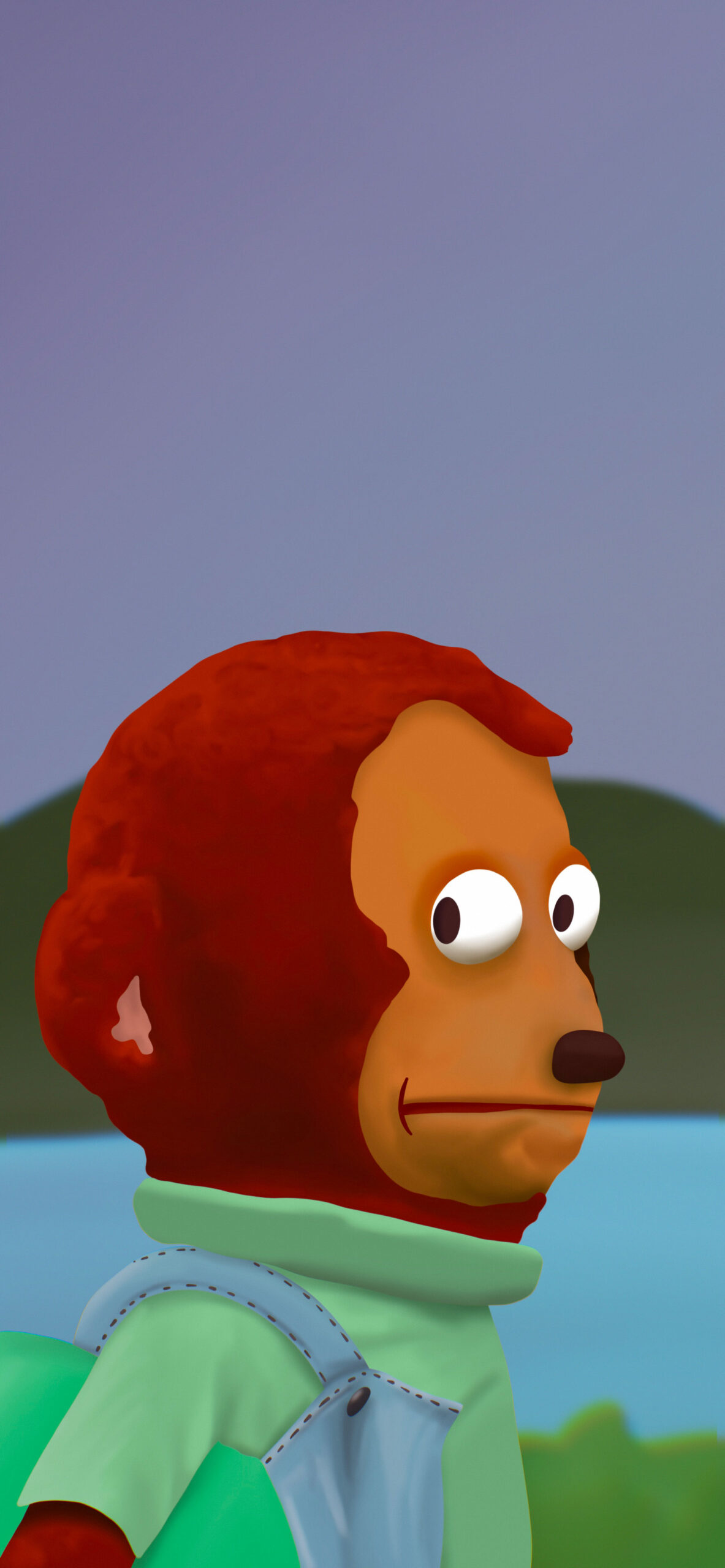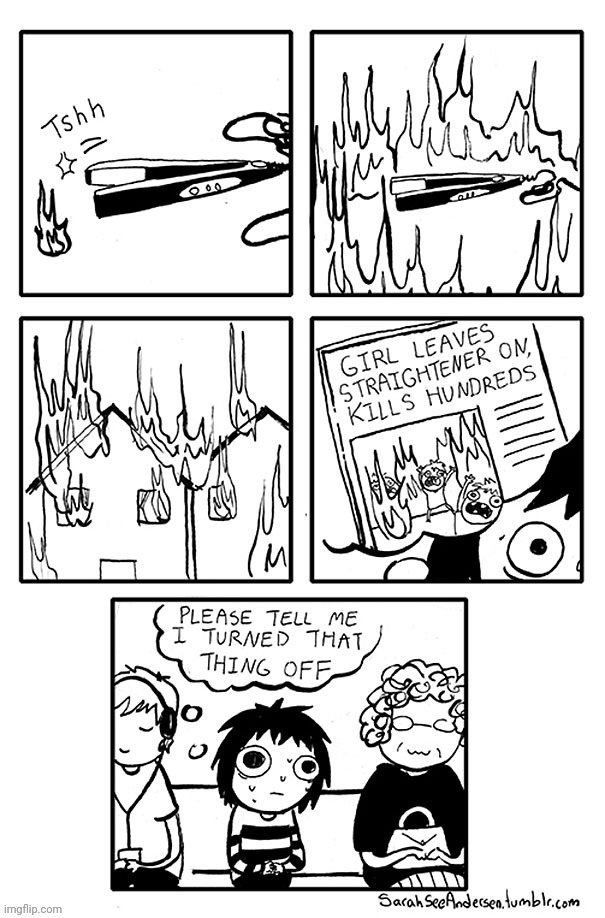Why has the internet become so enamored with a simple word, a single four-letter query, that has spawned an entire subculture of reaction images and animated GIFs? **The Would meme, a seemingly innocuous utterance, has exploded across social media platforms, transforming into a multifaceted tool for humor, commentary, and even self-expression.**
The genesis of this phenomenon, as often happens with internet trends, is somewhat murky. Tracing the exact origin is like trying to catch smoke. However, evidence points to the early days of Twitter, with a ginger cat scratching its nose on a microphone bearing the now-famous word, as a key catalyst. This image, circulating as early as September, quickly gained traction, particularly within the comment sections of online personalities. Its appeal, undoubtedly, lies in its adaptability. Would can be deployed as a simple affirmation of desire, a sarcastic comment on a situation, or even an expression of defiant recklessness.
The power of the Would meme resides in its universality. It bypasses the need for extensive explanation, relying instead on the shared understanding of its meaning. A simple Would can encapsulate a range of emotions, from a playful suggestion to a bold declaration. It's a shorthand, a visual cue that instantly resonates with a broad audience, uniting people through shared online experiences.
The meme's versatility extends to the images accompanying the word. Animals, people, and even inanimate objects have been subjected to the Would treatment, each conveying a slightly different nuance. A picture of a celebrity speaking into a microphone might suggest a willingness to engage in a controversial topic, whereas an image of a cute animal could convey a more playful or even absurd desire. This adaptability has ensured the meme's continued relevance, preventing it from becoming stale or predictable.
The meme's popularity underscores its power to transform mundane interactions into opportunities for connection and community. By embracing the humorous and often absurd nature of desire, Would unites users through a shared understanding, turning something as simple as wanting something into a collective experience. The meme's success is also a testament to the ever-changing nature of online humor, proving that a single word, when paired with the right image, can capture the imagination of millions.
Exploring the broader implications of this meme, one discovers that it's not merely a humorous tool; it's a form of social commentary. It acknowledges, and often celebrates, the complexities of human desire, reflecting on the internet's role as a space where desires, both serious and humorous, are often expressed and explored.
Additional Information
Origin and Evolution:
The Would meme is a reaction image trend that began circulating on social media platforms, primarily Twitter. It generally features an image of an individual, animal, or object positioned as though speaking into a microphone, accompanied by the word would.
Early Adoption:
The earliest known iteration of the meme involves a ginger cat. The image of the cat scratching its nose on a microphone, with the caption would, was in circulation as early as September.
Meme Context:
The context of the Would meme frequently revolves around declarations of desire, often in a humorous or ironic fashion. The meaning of the word can encompass a variety of intentions, from a simple affirmation of a want to a sardonic response.
Image Variety:
The Would meme is notable for its diverse collection of accompanying visuals. While the initial image featured a cat, the meme's format has been adapted across various images and circumstances.
Use of Meme:
The Meme is generally used to express willingness to perform an action, often in a humorous or ironic way. The meme can also be used to signal an appreciation of the subject.



